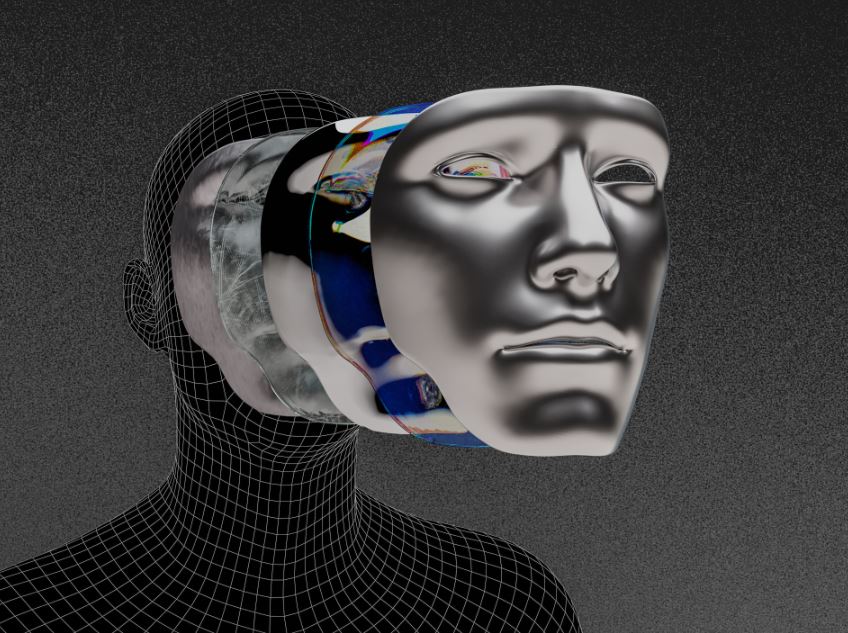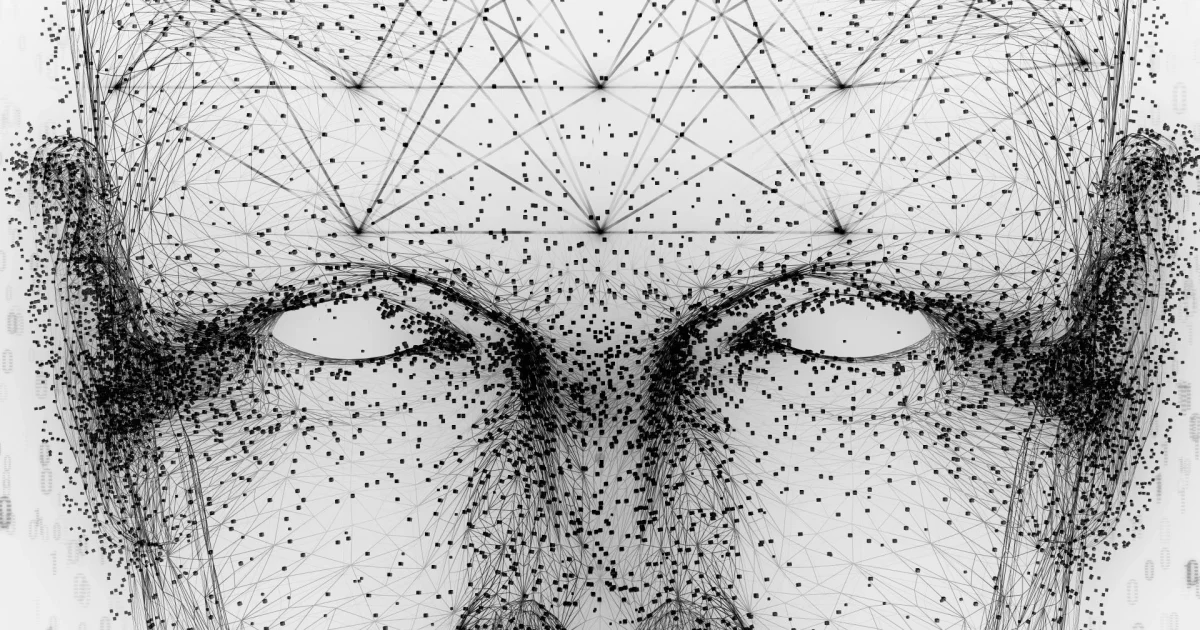What is Deep Fake?
Deep fake refers to a technique that utilizes artificial intelligence (AI) and machine learning algorithms to create manipulated media content that is incredibly realistic. It involves combining and altering existing audio, video, or image data to generate fabricated content that appears genuine. By employing deep neural networks, these algorithms analyze and learn from vast amounts of data, enabling them to convincingly imitate real people or events.
The term “deep fake” is derived from “deep learning,” a subfield of machine learning that focuses on training neural networks with multiple layers to perform complex tasks. Deep fakes typically utilize generative models, such as generative adversarial networks (GANs) or autoencoders, to create synthetic media that closely resembles the original source material.
The process of creating a deep fake involves training a neural network on a large dataset that includes both real and synthesized examples. The network learns to analyze and understand the patterns, features, and characteristics present in the data. Once trained, the network can generate new content by altering or blending elements from the original media.
Deep fakes are most commonly associated with manipulated videos, where the facial expressions, lip movements, or entire appearances of individuals are altered or replaced. However, deep fake technology can also be applied to images, audio, and even text.
The creation of a deep fake video typically involves collecting numerous images or video frames of the target person from various angles and under different lighting conditions. These images serve as training data for the deep learning algorithm, allowing it to learn the facial features, expressions, and mannerisms specific to that individual. Once the algorithm has learned these patterns, it can generate new video frames in which the target person’s face is replaced or manipulated.
While deep fake technology has gained significant attention for its ability to generate convincing fake videos, it is important to note that it has broader applications beyond deceptive purposes. Deep fake technology has been used in the entertainment industry to create visual effects, enhance virtual reality experiences, and even resurrect deceased actors for film roles.
However, the ease with which deep fake technology can be misused raises significant concerns. The potential for spreading misinformation, manipulating public opinion, and infringing on individuals’ privacy and consent has raised ethical and societal questions. As a result, researchers, policymakers, and technology companies are actively working to develop methods to detect and mitigate the negative impact of deep fakes while balancing the potential benefits it offers.

The Evolution of Deep Fake Technology
The evolution of deep fake technology has been a fascinating journey, driven by advancements in artificial intelligence (AI), machine learning, and computer vision. While deep fake techniques have gained significant attention in recent years, their roots can be traced back to the early 2000s when researchers began exploring the possibilities of creating realistic synthetic media.
- Early Beginnings: The initial exploration of deep fake technology can be attributed to the work of Ian Goodfellow and his colleagues in 2014 when they introduced the concept of generative adversarial networks (GANs). GANs provided a framework for training two neural networks, a generator and a discriminator, to compete against each other. This adversarial process allowed the generator network to create increasingly realistic synthetic content.
- Face Swapping: The first notable application of deep fake technology emerged with the development of face swapping techniques. In 2017, a Reddit user named “Deepfakes” popularized the term “deep fake” by sharing videos that seamlessly replaced the faces of celebrities in adult film scenes. This led to widespread recognition and concern about the potential misuse of deep fake technology.
- Advances in Neural Networks: Deep fake technology quickly advanced as researchers explored the capabilities of deep neural networks. Techniques such as autoencoders, recurrent neural networks (RNNs), and convolutional neural networks (CNNs) were integrated into the deep fake generation process, allowing for more refined and realistic results.
- Improving Realism with Deep Learning: Researchers focused on enhancing the realism of deep fake content by training networks on larger datasets and refining the training methodologies. High-quality deep fakes required substantial computing power and extensive training with vast amounts of data. With the availability of more powerful GPUs and increased access to training data, deep fake quality improved significantly.
- Audio Deep Fakes: While initial deep fake applications were predominantly visual, researchers soon extended the technology to audio manipulation. Speech synthesis and voice conversion techniques enabled the creation of deep fake audio, allowing one person’s voice to be convincingly replaced by another. This development further expanded the potential for manipulating digital content.
- Deep Fakes Beyond Faces: Deep fake technology has also been extended beyond face swapping to include body movements, gestures, and even full-body deep fakes. This advancement has been particularly relevant in the entertainment industry, where virtual actors and performers can be created without the limitations of physical actors.
- Deep Fake Detection: As deep fake technology gained notoriety, efforts were made to develop techniques for detecting and mitigating the spread of deceptive content. Researchers have employed various methods, including forensic analysis, anomaly detection, and the development of dedicated deep fake detection algorithms. These countermeasures aim to identify the telltale signs of deep fake manipulation, such as inconsistencies in facial movements, unusual artifacts, or discrepancies in audio-visual cues.
- Hardware Acceleration: To keep up with the growing demand for deep fake generation and detection, specialized hardware accelerators, such as tensor processing units (TPUs) and dedicated AI chips, have been developed. These hardware solutions enable faster and more efficient deep fake processing, making the technology more accessible and scalable.
- Ethical Considerations and Regulations: The proliferation of deep fake technology has raised significant ethical concerns, including issues related to consent, privacy, misinformation, and the potential for abuse. Governments and technology companies have started recognizing the need for regulations and policies to address these challenges. Efforts are being made to develop legal frameworks that safeguard against the malicious use of deep fakes while protecting individual rights.
- Continued Advancements: Deep fake technology continues to evolve rapidly. Ongoing research focuses on addressing the limitations of current techniques, improving detection methods, and exploring applications in fields like medicine, education, and virtual reality. As AI and machine learning technologies advance further, deep

Future Implications of Deep Fakes
The future implications of deep fake technology are both intriguing and concerning, as its continued development and widespread availability are poised to have significant impacts on various aspects of society. While the potential benefits and applications are enticing, there are also serious concerns regarding privacy, security, trust, and the spread of misinformation. Understanding these implications is crucial for preparing strategies to navigate the evolving landscape of deep fakes.
- Misinformation and Fake News: Deep fakes have the potential to exacerbate the already existing challenges of misinformation and fake news. As the technology becomes more accessible and sophisticated, it may become increasingly difficult to distinguish between real and fake content. This poses a significant threat to public trust in media, institutions, and even interpersonal relationships. Countering the spread of deep fake-generated misinformation will require enhanced media literacy, technological advancements in detection, and responsible content sharing practices.
- Political Manipulation and Election Integrity: Deep fakes can be employed as powerful tools for political manipulation. Political figures could be portrayed saying or doing things they never did, leading to public outrage, polarization, and damage to reputations. The potential impact on election integrity is particularly concerning. Deep fakes can be used to spread false narratives, influence public opinion, and undermine trust in democratic processes. Safeguarding against these threats will require robust authentication mechanisms, transparent political campaigning regulations, and education on the dangers of manipulated content.
- Personal and Professional Reputation: Deep fake technology poses risks to individuals’ personal and professional lives. Malicious actors can use deep fakes to create videos or images that falsely depict someone engaging in illegal, immoral, or compromising activities. These fabricated pieces of content can ruin reputations and cause significant harm. Protecting against such threats will necessitate proactive measures such as digital watermarking, digital identity verification, and legal frameworks that address the malicious use of deep fakes.
- Cybersecurity and Identity Theft: As deep fake technology advances, the potential for cybercriminals to exploit it for identity theft and fraud increases. Facial recognition systems could be fooled, and biometric authentication methods may become less secure. This poses significant challenges for cybersecurity experts who will need to develop robust systems that can detect and prevent deep fake attacks. Additionally, protecting personal data and ensuring strong authentication measures will be vital to prevent unauthorized use of individuals’ identities.
- Entertainment and Virtual Reality: While deep fake technology has raised concerns, it also presents intriguing possibilities in the realm of entertainment and virtual reality (VR). Deep fakes can be used to create immersive experiences, allowing individuals to interact with their favorite actors, historical figures, or virtual companions. This could revolutionize the entertainment industry and redefine the boundaries of storytelling. However, ethical considerations, consent, and the potential blurring of reality and fiction must be carefully addressed to ensure responsible and respectful use of this technology.
- Surveillance and Privacy: Deep fake technology raises significant concerns about privacy and surveillance. With the ability to manipulate and alter video footage, there is a risk that deep fakes could be used to create false evidence or justify unethical surveillance practices. Striking a balance between legitimate security concerns and protecting individuals’ privacy rights will require robust legal frameworks, transparency, and accountability mechanisms.
- Trust in Media and Authenticity: The prevalence of deep fakes has the potential to erode trust in media and the authenticity of digital content. As deep fake detection technology improves, there is a risk that genuine content could be labeled as fake, leading to skepticism and confusion. Developing and promoting reliable verification mechanisms, transparent sourcing practices, and trustworthy media platforms will be essential to maintain public trust in information sources.
In summary, the future implications of deep fake technology are complex and multifaceted. While there are exciting possibilities for entertainment and virtual experiences, deep fakes also present significant risks to personal privacy, security, trust, and societal cohesion. It is imperative that stakeholders from various domains, including technology developers, policymakers, researchers, and the general public, collaborate to address these challenges effectively. Robust technological solutions, ethical guidelines, education, and legal frameworks will be crucial to navigate the evolving landscape of deep fakes responsibly and ensure a trustworthy digital environment.
Conclusion
In conclusion, deep fake technology represents a double-edged sword, offering both advantages and disadvantages to society. On one hand, deep fakes have the potential to revolutionize the entertainment industry, enhance virtual reality experiences, and unlock new creative possibilities. They can bring characters back to life, improve visual effects, and enable immersive storytelling. Deep fakes also have applications in education, historical preservation, and cultural heritage, allowing us to interact with and learn from the past in innovative ways.
However, the downsides and risks associated with deep fakes cannot be ignored. The ease with which this technology can be misused raises significant concerns. Deep fakes can contribute to the spread of misinformation, manipulation of public opinion, erosion of trust, and damage to individuals’ personal and professional reputations. They pose threats to privacy, cybersecurity, and identity theft, potentially leading to severe social, political, and economic consequences. The potential misuse of deep fakes for malicious purposes, such as fraud, cybercrime, and political manipulation, necessitates urgent attention.
The impact of deep fakes on society is particularly pronounced in the realm of politics and elections. Deep fake-generated content can undermine the integrity of democratic processes, exacerbate polarization, and fuel distrust in institutions. The need to develop robust detection mechanisms, raise awareness, and implement regulations to address these challenges is paramount.
Furthermore, the widespread use of deep fakes has implications for media authenticity, as distinguishing between genuine and manipulated content becomes increasingly difficult. This raises questions about the reliability and trustworthiness of digital information sources. It requires the development of reliable verification methods, transparent sourcing practices, and responsible media consumption habits.
Despite these challenges, efforts are underway to mitigate the negative impact of deep fakes. Researchers are continuously improving deep fake detection algorithms and forensic techniques, while policymakers are working to develop legal frameworks to address the unique challenges posed by this technology. Collaboration between technology developers, academia, governments, and the general public is crucial in finding effective solutions.
Promoting media literacy and critical thinking skills is another essential component of addressing the deep fake challenge. By educating individuals about the existence and potential consequences of deep fakes, they can be empowered to make informed judgments and decisions regarding the content they encounter. Raising awareness about the ethical considerations surrounding deep fakes and fostering responsible use of this technology can help mitigate its negative effects.
In conclusion, deep fake technology represents a powerful tool with immense potential for both positive and negative impacts. While it offers exciting possibilities, it also poses serious risks to privacy, security, trust, and societal well-being. Striking the right balance requires a multidimensional approach that encompasses technological advancements, ethical guidelines, legal frameworks, education, and public awareness. By harnessing the advantages of deep fakes while proactively addressing their drawbacks, we can navigate the evolving landscape responsibly and ensure a future that benefits all of society.
What is your main concern about Deep Fakes? Share it in comments …


Leave a Reply